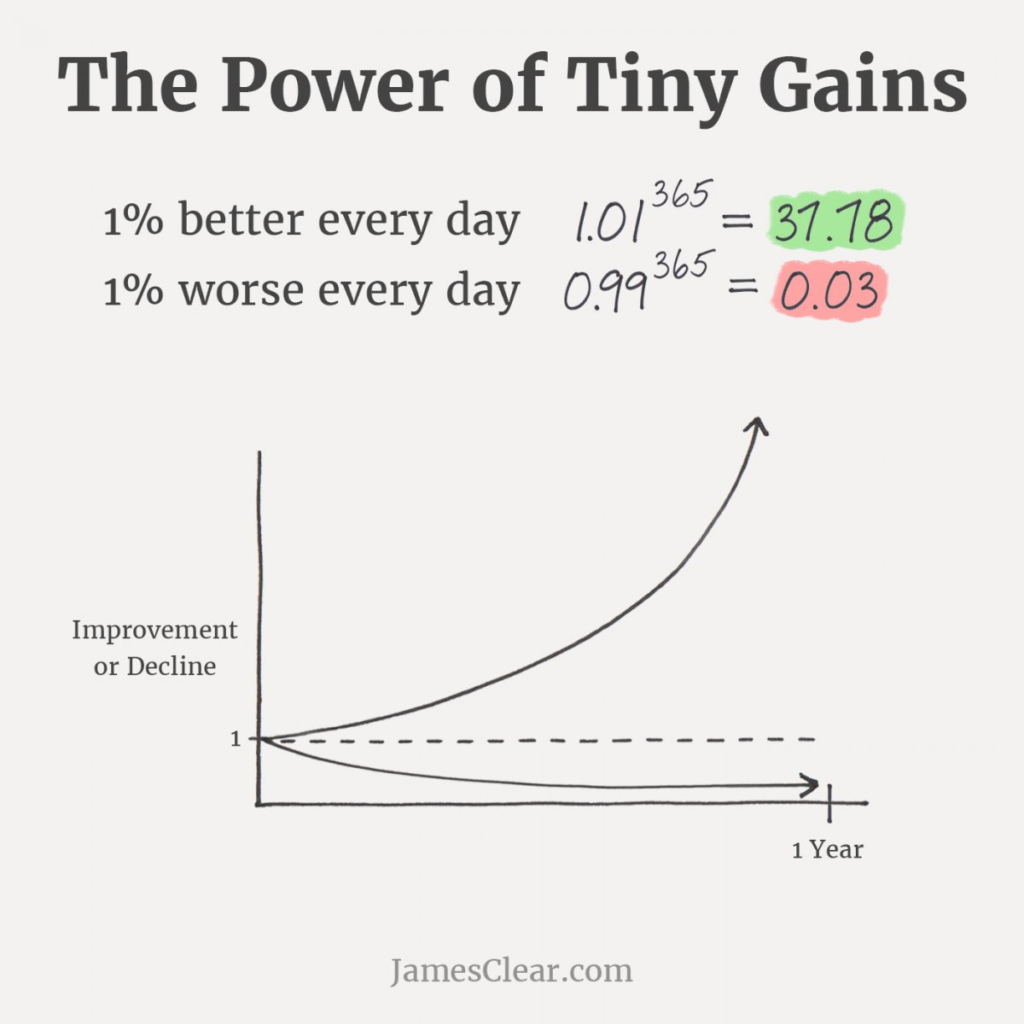
Language learning for children often occurs unconsciously through their bilingual or multilingual family environment or media consumption, to the point where it becomes automatic—like they’re not even trying! Meanwhile, adults trying to pick up a new one face hurdles because they often don’t have the same privileges they might have had as a child. They must navigate a different system while also dealing with perfectionism, busy schedules, and the fear of making mistakes. But here’s a secret: adult brains are just as capable of adapting to new languages—sometimes even better!
📊 A 2013 study by Elsevier found that adults can outperform kids in grammar if they stay consistent.
The study above also demonstrates that, aside from the point about grammar, neither adults nor children can truly be classified as the “better” group when it comes to picking up another tongue. This is great news for those of us looking to gain new speaking skills, even after we’ve reached our prime! 😀 Now without further ado, we will state some tips that help you get set in your journey.
1. 🎯 Set Clear, Small Goals
Setting overly ambitious targets at the start of a task can lead to idealism and a lack of focus. To make progress, we need to streamline our efforts so they’re manageable and actionable. Instead of saying, “I want to be fluent in French,” start with:
✅ “I want to learn 5 new French verbs this week.”
Do not be tempted to be too idealistic in the beginning, it can lead to a lack of focus and a great deal of overwhelm. Small, achievable goals build momentum.
A key component of properly being able to set goals is to also properly be able to measure how far you are progressing. It helps to have visually track your progress. Use Notion, Trello, or a paper journal to track progress. Sometimes, having a page filled with your tracked achievements in front of you can boost motivation; it helps you realize you’re doing better than you think!
2. ⏳ Use Microlearning to Your Advantage
One of the best answers to how to build up new language skills is microlearning. The reality is, developing a new skill really can require a lot of practice. Any short ways to increase that practice time is awesome. Any short bursts of practices throughout the day are more actionable – it goes in line with Tip #1 above. Use these small bursts wisely, like –
- A 10-minute grammar YouTube lesson on your commute
- Actively recalling new vocab words while brushing your teeth
- Taking to yourself as you narrate your day’s events in the target language
💡 Tiny habits stack up over time. If you are even doing 1% better each day, you will have gotten 37.18 times better by the end of the year! All these steps you are taking will create a ripple effect! Hence, make sure you are tracking your progress to boost motivation 🙂 Your goal should be to build momentum – and not intensity!

3.🔁 Make it Part of Your Daily Routine
Sometimes, it’s not about needing extra time—it’s about integration. Similar to the idea of microlearning, you need to engage with your target language more and more in your daily life. The more passive and active exposure, the more effortlessly you will pick up the language. In the tip above, we spoke about active ways to pick up language. But one way to passively acquire this new language is by replacing your audio and visual content with your focus language. Immersing yourself in it mirrors how children absorb their mother tongues—they passively acquire it without actively studying it!
Try this:
- Switch your phone’s language
- Listen to podcasts while cooking
- Watch 10 minutes of a movie in your target language
👉 Remember: Consistency > Intensity
While working hard has its benefits, when you are a busy adult (as in the title of this post), you need to learn to strategize better such that you can work SMARTER instead. A good way to do that is to turn your idle time into study sessions!
In summary:
Adults often struggle due to their lack of unconscious exposure, unlike children. However, this doesn’t mean it’s the end! You can still grow passively by absorbing input from your favorite L2 podcasts, shows, and other media, while also actively studying. While some critics argue otherwise, our increasingly multilingual global world proves that anyone can become skilled communicators in different tongues.
The goal isn’t to aim for fluency right away, but to reinforce learning without overwhelming yourself—by making your goals and progress actionable enough and integrating them into your daily life – to the point of them being seamless! In our next article, we will be sharing a part 2 for more tips on how to make the process more effective. Stay tuned! 🙂
🔗 Want more?
Check out our other guides:
The Importance of the English Language
Top 7 Strategies to Monetize Language Skills for Profit | Earn Money with Language Skills
7 Powerful Reasons to Learn Korean (and How Earn Language Can Help You)
Or subscribe to our newsletter for more tips straight to your inbox!



I enjoyed reading this article. Thanks for sharing your insights.